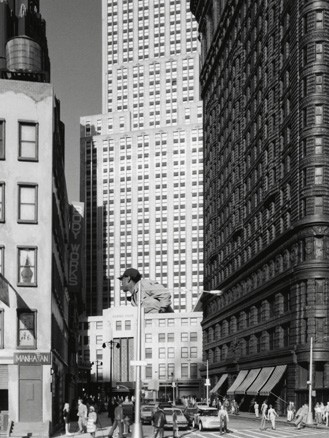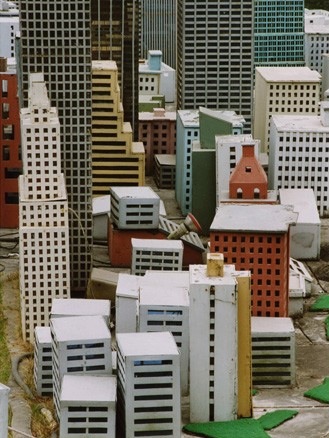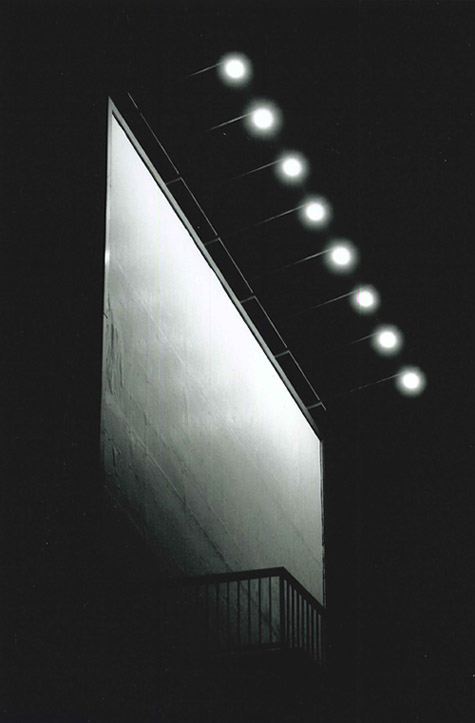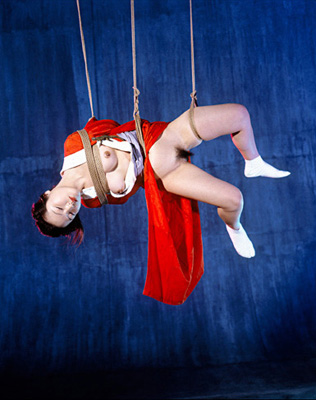Today is the 64th anniversary of the atomic bombing of Hiroshima. The magnitude of this event for the Japanese wartime generation is almost unfathomable. For several decades the atomic bombings cast a huge shadow through the work of many Japanese artists. It feels slightly ludicrous to suggest that something good could come from an event causing such total annihilation, but it did undoubtedly lead to some of the most extraordinary photography of the twentieth century. I wanted to draw attention to a few of these on this anniversary.

The Americans photographed Hiroshima extensively to document the physical impact of the atomic bomb for their military archives (the Boston Globe's website is running some of these images), but it took some time before a photographer would take on the task of shooting a series of images dealing with the human impact of the bombing. Although he was a tiny man, Ken Domon had an extraordinary strength of character and he became the most influential photographer of the immediate postwar years. Domon advocated the "absolutely unstaged snapshot" and championed the 'objective', social realist photography that became so popular in Japan in the late 1940s and early 1950s. With his direct, unflinching approach, he was the first to undertake a major project on Hiroshima. The series was published in a 1958 book, Hiroshima (Tokyo: Kenko-sha), which deals with the physical destruction of the city, but focuses mainly on the lives of the hibakusha (the atomic bomb survivors).
Arguably this 'objective', head-on documentation was the only possible approach at the time. On a personal note, I find that the directness of Domon's approach can be counterproductive. Some of his images of skin-graft operations or of keloid scars are so graphic that the only response is to turn away and therefore, although their initial impact is extremely powerful, they fade quickly. They leave you with no option but to stare the horror right in the face, making it difficult to absorb or to digest their implications.
On a trip to photograph Hiroshima's Genbaku Dome (The Hiroshima Peace Memorial), Domon was accompanied by a young photographer, Kikuji Kawada. When Kawada saw how the bombings had caused a horrific fusion of human flesh and blood with the walls and ceiling of the dome, he decided that he needed to come back to shoot it for himself. Combined with photographs of artefacts from the war (a photograph of a young kamikaze, a trampled Japanese flag, discarded coke bottles), these images were published in Chizu (The Map, Tokyo: Bijutsu Shuppan-sha, 6 August 1965), arguably the most important photo-book of the period (Parr & Badger singled it out in The Photobook: A History volume 1, London: Phaidon, 2004).

Kawada's images are radically different from Domon's earlier documentation; many of them are dark and dense to the point of illegibility. For me this is precisely what makes their strength: they draw you in, forcing you to try and make sense of these black, tableaux of texture. The images are not designed to stand alone, instead together they form a map of the scars that the A-bomb left on the Japanese collective memory. In the following year, Shomei Tomatsu published 11:02 Nagasaki, a similarly personal and harrowing look at the atomic bombing of Nagasaki on 9 August 1945, three days after Hiroshima. In Tomatsu's words, "what I saw in Nagasaki was not merely the scars of war, it was a place where the post-war period had never ended (...) We must resist the natural erosion that memory is subject to. We must build a dam against the flow of time."

These series dealt directly with the events of Hiroshima and Nagasaki, but the impact of the A-bombs rippled through practically all of the photography of the time, from Eikoh Hosoe's collaborations with Tatsumi Hijikata in Man and Woman and Kamaitachi, to the are, bure, boke (rough, blurred and out-of-focus) aesthetic of Provoke in the late 1960s and early 1970s. For the generation of photographers that came of age in the postwar years, Hiroshima and Nagasaki have not faded in importance. However, we are living in an increasingly post-nuclear age, and these events don't have the same resonance for younger generations. In order to build this "dam against the flow of time" many of these photographers have continued to return to this subject. Eikoh Hosoe recently published Deadly Ashes: Pompeii, Auschwitz, Trinity Site, Hiroshima, (Tokyo: Mado-sha, 2007), linking volcanic eruption, genocide, and the atomic bombing to the birthplace of the A-bomb: an alienating vision, which is almost a demand for such massive annihilation to cease.
Hiromi Tsuchida has returned to the bombing of Hiroshima more than any other photographer. For close to forty years, he has explored the changing significance of 6 August 1945 through several different series, three of which are available online. In 1979 Tsuchida photographed those elements of the city that survived the bombing (trees, buildings, bridges), returning to photograph them again some 15 years later, resulting in the book Hiroshima Monument II (Tokyo: Tosei-sha, 1995). Alongside these cityscapes he took portraits of a group of hibakusha that had written a series of poems about the A-bomb as schoolchildren in 1951. His later series, Hiroshima Collection (Tokyo: Tosei-sha, 1995) is perhaps his most successful. This is a record of articles from the collection at the Hiroshima Peace Memorial Museum accompanied by texts including descriptions of the objects and their owners. Tsuchida's cool, neutral images don't attempt to create a sense of drama but present these objects as naturally as possible. The space and calm that he manages to create with these photographs, and the texts which humanise these objects by linking them to their (mostly young) owners, allow these images to sink deeply into your mind.

Recently Miyako Ishiuchi undertook a similar project, photographing 66 articles of clothing and personal items belonging to people who were killed on the morning of 6 August 1945. These photographs were published last year in the book Hiroshima (Tokyo: Shuei-sha, 2008). Describing the experience of photographing these items, Ishiuchi says "I found myself overwhelmed by the bright colors and textures of these high-quality clothes. Countless threads of time drift in the light, intersect and create fountains of memory." She was born after the war (1947) and it is interesting—and reassuring—to see that the events of August 1945 continue to resonate so powerfully over 60 years later.


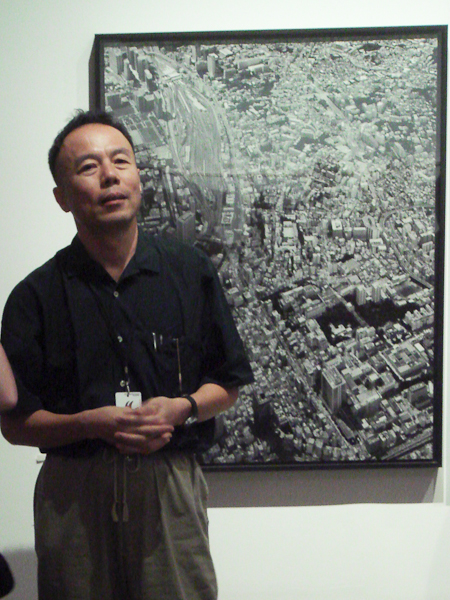 As I mentioned in my last post, one of my highlights of this year's Rencontres d'Arles is
As I mentioned in my last post, one of my highlights of this year's Rencontres d'Arles is 